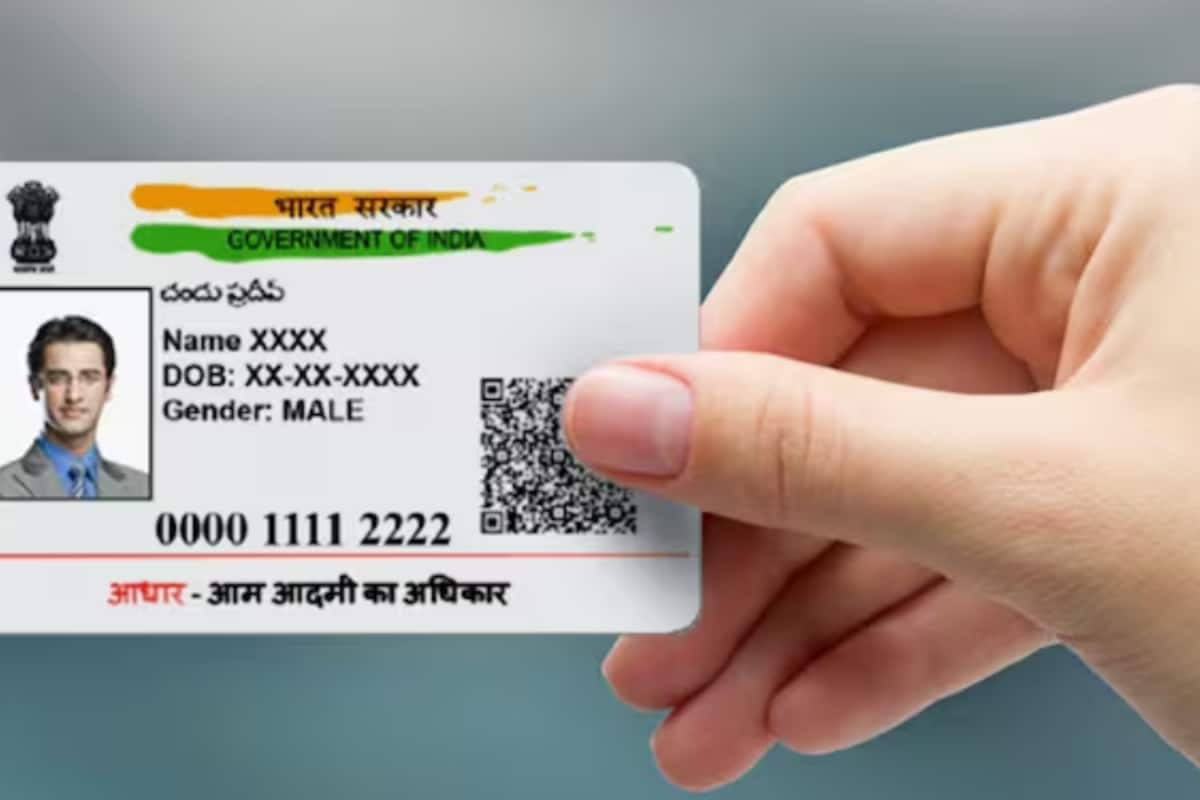

The Unique Identification Authority of India (UIDAI) is on the verge of launching a new mobile application, tentatively named "e-Aadhaar," that will allow users to update their Aadhaar details from the convenience of their smartphones. This move aims to streamline the update process, reduce the need for physical paperwork, minimize identity fraud, and expedite the entire procedure, making it more convenient for over a billion Aadhaar holders.
Currently, the mAadhaar app offers limited services, such as address updates, ordering PVC cards, and Aadhaar verification. However, it does not allow users to change demographic details like name, date of birth, or mobile number. To update a mobile number, one has to visit a Permanent Enrolment Center (PEC). The upcoming e-Aadhaar app seeks to change this.
With the new e-Aadhaar application, users will be able to modify essential personal details, including their name, address, date of birth, and mobile number, directly from their smartphones. This digital solution seeks to minimize the need for in-person visits to enrolment centers.
The UIDAI also plans to introduce a QR code-enabled e-Aadhaar system nationwide by the end of 2025 to make digital identity checks faster and paperless. UIDAI CEO Bhuvnesh Kumar stated that approximately 2,000 of the existing one lakh Aadhaar authentication devices have already been upgraded to support the QR-based system. Once implemented, identity checks can be completed using digital QR scans, streamlining verification for individuals and service providers.
Starting in November 2025, Aadhaar users will only need to visit enrolment centers for biometric authentication, including fingerprint and iris scanning. All other updates can be completed digitally through the app, making the process paperless and more convenient.
In addition to these features, UIDAI plans to automatically fetch user data from verified government sources. This will include documents such as birth certificates, PAN cards, passports, driving licenses, ration cards from the Public Distribution System (PDS), and records from the MNREGA scheme. Furthermore, electricity bill details may also be incorporated to make address verification even more seamless.
To enhance security, the e-Aadhaar app will integrate Artificial Intelligence (AI) with Face ID technology, delivering secure and seamless digital Aadhaar services. The e-Aadhaar itself is a password-protected electronic copy of Aadhaar, digitally signed by UIDAI. The password is a combination of the first four letters of the name in CAPITAL letters and the year of birth (YYYY).
UIDAI is also working with educational boards like CBSE to conduct biometric enrolment drives for students, focusing on the mandatory updates required at ages five to seven and again between 15 and 17 years.
The e-Aadhaar app will also come with a QR code-based verification system. The QR code-based transfer of Aadhaar details will minimize the chances of misuse and allow mobile-to-mobile or app-to-app sharing for various purposes like hotel check-ins and identity verification on trains.